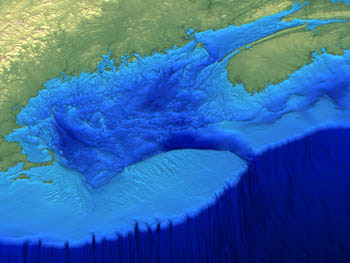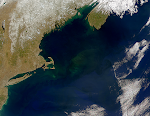

Thanks to the kindness of the Saint Mary's University Geography community, we have symbolically adopted a family of Right Whales through the adoption program based out of the Grand Manan Whale and Seabird Research Station in New Brunswick. I will post more information about Wart and her family over the holidays. Thanks everyone!










